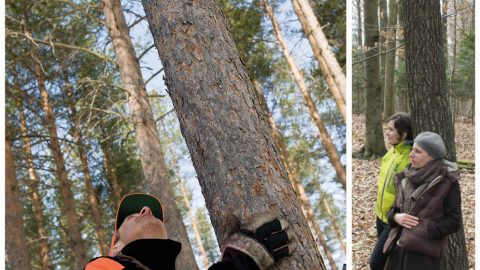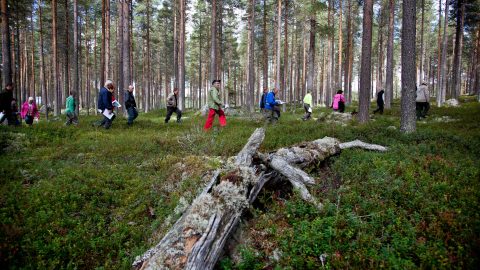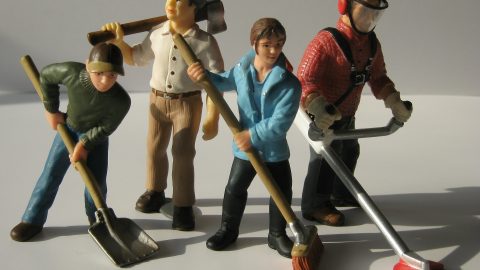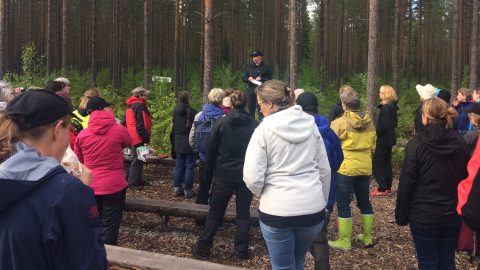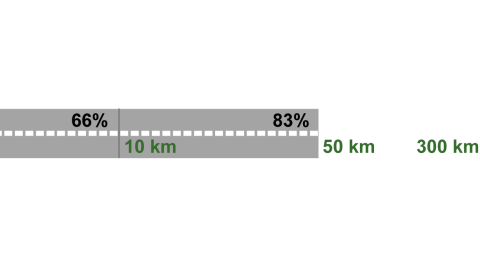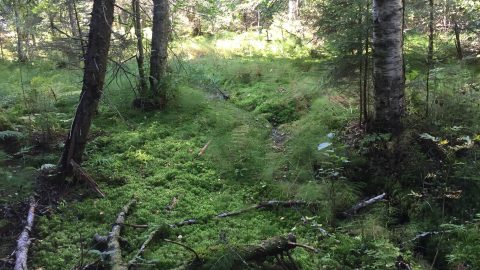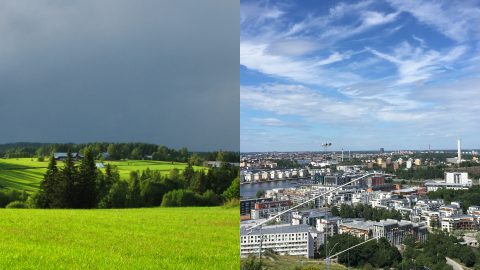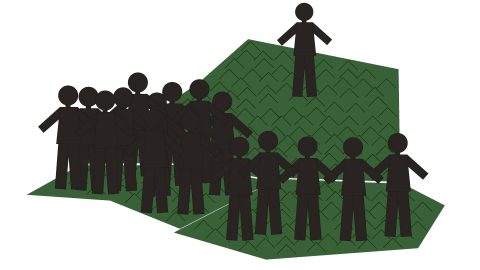Although the number of women who own and manage forests is increasing, they are still a minority compared to men. They also act in an environment shaped by male norms and values, which makes the preconditions for them initially different…

Author: Gun Lidestav
Gender matters when owning forest
Despite the fact that approximately 30 percent of the forest owners in Europe are women, there is a lack of basic insight and knowledge regarding the significance of gender when it comes to who owns forest and how the ownership…
Forest commons contribute to local development
The results from a study of four dissimilar European forest commons with varying histories show a similar ability to adapt to surrounding changes and still maintain a local rootedness and influence. The North West Mull Community Woodland Company in Scotland…
Traditions challenge gender-equality work in Swedish forestry
In a traditionally men-dominated industry like forestry, work for gender equality can be a great challenge. Traditions and norms constitute challenges as they generates different forms of resistance. However, as a new research article shows, this resistance may also present…
Women’s networks within forestry create room for change
The Swedish forestry industry depends heavily on private forest owners and their resources. Within a historical perspective men performed the heavy manual labor of logging, and remained in charge of the operations when the industry later became more industrialized and…
Who are forest owners and where do they live?
The typical forest owner lives in the same municipality where his/her forest property is located, has no more moves planned, and is a bit older than the general population. The new forest owner tends to be a younger woman, with…
For a more participatory forest common
Improved communication with joint owners via e-mail, a more informative website, and more interesting meeting agendas can increase participation in the management of the Vilhelmina Upper Forest Common. Those who operate the Vilhelmina Upper Forest Common find it difficult to…
The new forest owner isn’t new, but needs new services
Although the forest owner has changed in many ways, the forest property has often been in the family for many years. On the other hand, the new forest owners – who largely live in urban areas – may need different…
More forest owners and smaller forest properties
While the number of forest owners is increasing, at the same time a decrease in the size of forest properties can be noted. This has the potential to negatively affect the access to timber. Joint ownership of forest properties is…


